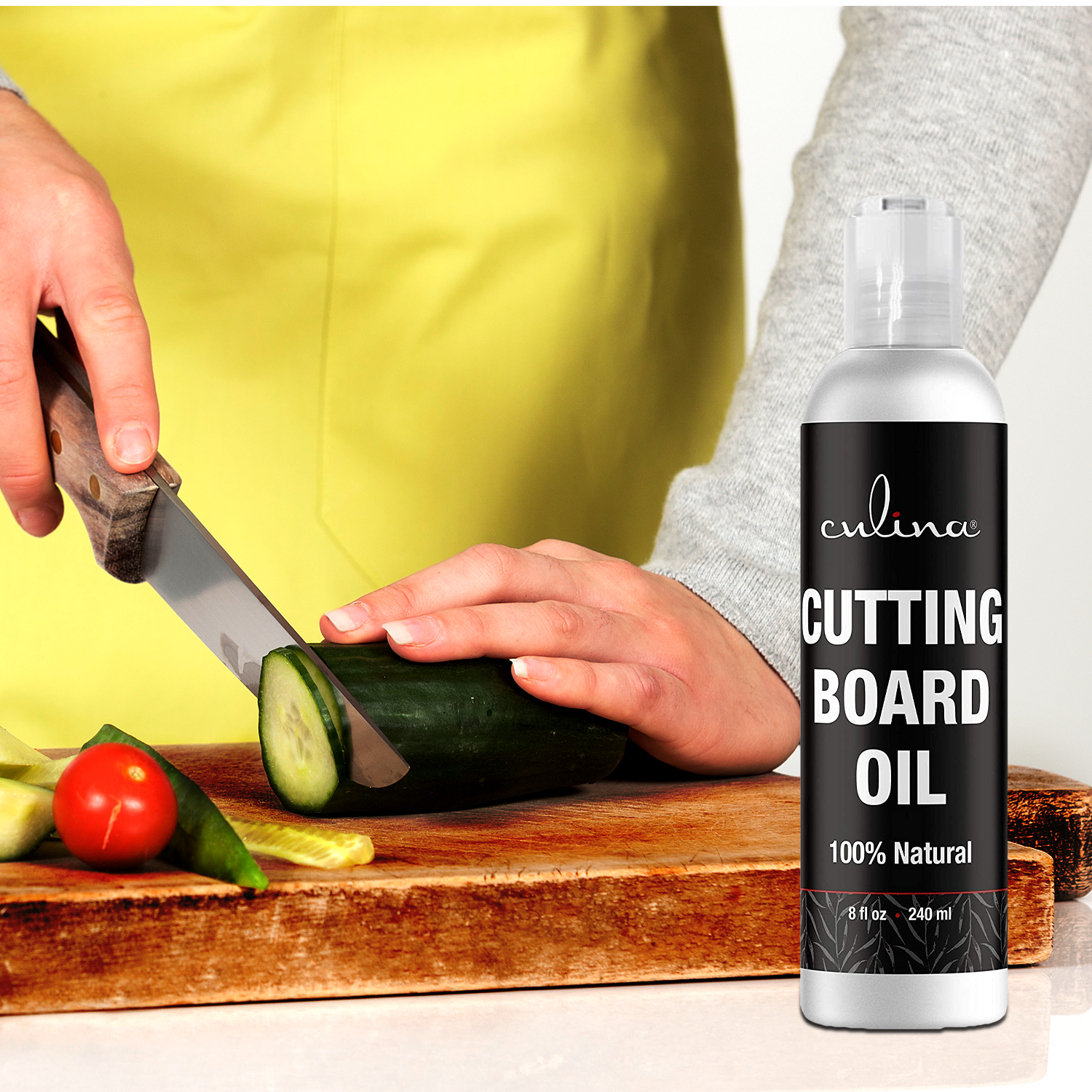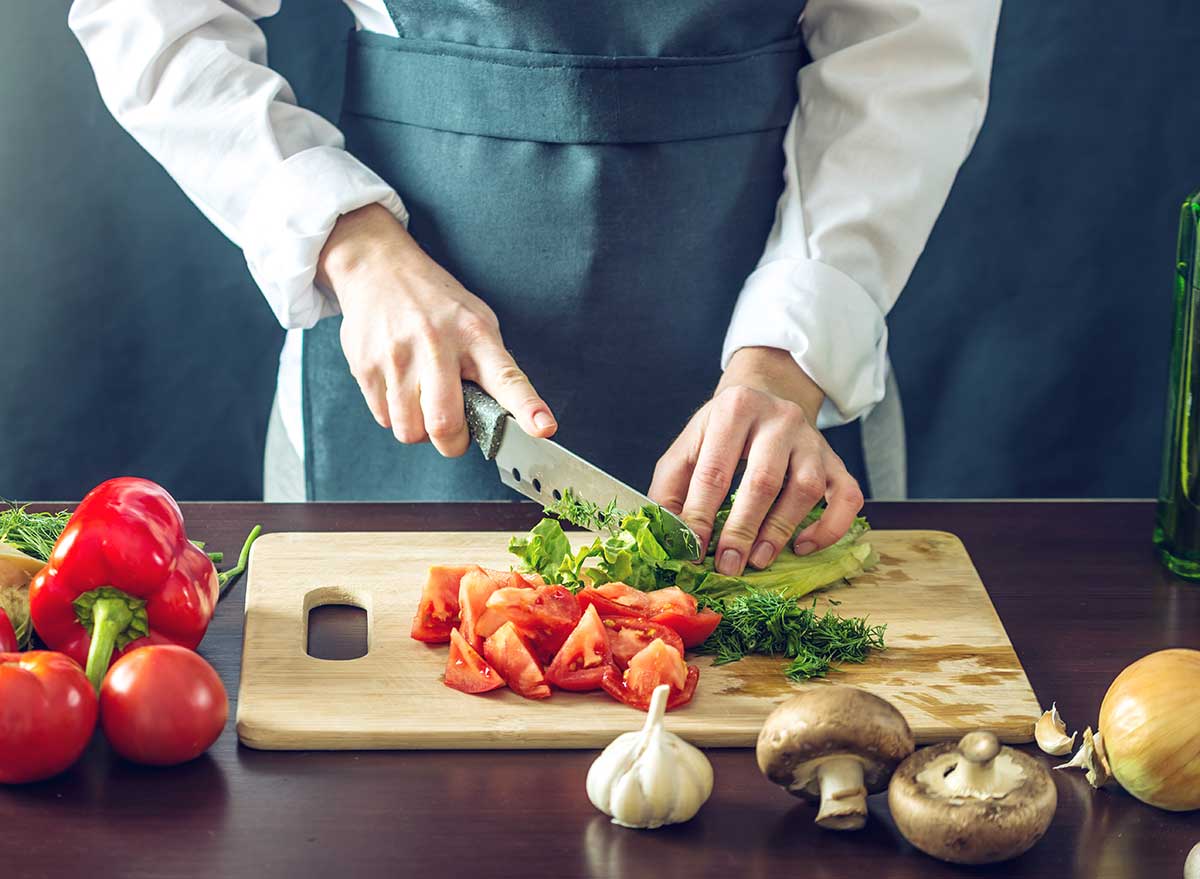Onion odors can be stubborn and challenging to eliminate from cutting boards. Whether made of wood or plastic, cutting boards retain strong smells, making them unpleasant to use later. Luckily, there are several effective techniques to rid your cutting boards of these odors and maintain their cleanliness.
In this article, we will guide you through the various methods to help you understand how to get onion smell out of cutting board. We’ve compiled a comprehensive guide to assist everyone, from kitchen novices to seasoned chefs.

The Importance of Cleaning Cutting Boards
Before diving into the methods, it’s essential to understand why its crucial to keep your cutting board clean. Apart from the lingering onion smell, cutting boards can house bacteria that lead to health risks. Regularly cleaning your cutting board ensures that these bacteria do not spread to other foods.
Why Onions Leave a Strong Odor
Onions are rich in sulfur compounds, which are responsible for their powerful smell. These compounds bind strongly to surfaces, especially porous materials like wood. As a result, the onion scent can linger on cutting boards long after they’ve been washed.
Types of Cutting Boards
Different cutting board materials react differently to cleaning methods. Heres a quick overview:
- Wooden Boards: Porous and can absorb both odors and bacteria.
- Plastic Boards: Less porous but can still trap odors in knife grooves.

Preparation Before Cleaning
Before starting the cleaning process, gather all the necessary materials. Common items include lemon, baking soda, white vinegar, salt, hydrogen peroxide, and dish soap.
Initial Washing
Begin by washing the board with warm water and dish soap. Although this may not remove the odor completely, it eliminates surface residues that might interfere with other cleaning methods.

Baking Soda and Lemon Method
Baking soda is a natural deodorizer and can help remove the onion smell.
- Sprinkle baking soda generously over the cutting board.
- Use a half-cut lemon to scrub the board, squeezing its juice while rubbing.
- Let it sit for 5-10 minutes before rinsing with warm water.
Vinegar and Coarse Salt Technique
White vinegar contains acetic acid, which neutralizes odor molecules.
- Pour white vinegar over the cutting board.
- Sprinkle coarse salt onto the board.
- Scrub with a brush or sponge, focusing on areas with deep grooves.
- Rinse well and dry thoroughly.
Using Hydrogen Peroxide
Hydrogen peroxide is another effective cleanser, especially for wooden boards.
- Pour a small amount of hydrogen peroxide onto the board.
- Spread it evenly using a clean cloth or sponge.
- Allow it to sit for a few minutes before rinsing with water.
Salt and Lemon Paste
This method is quite popular for its effectiveness and simplicity.
- Mix salt and lemon juice to form a paste.
- Apply the paste to the board and scrub it with the lemon half.
- Let it sit for 5-10 minutes, then rinse well.
Using Activated Charcoal
Activated charcoal is known for its odor-absorbing properties.
- Sprinkle charcoal powder over your cutting board.
- Leave it for a few hours or overnight.
- Rinse thoroughly to ensure no charcoal residue remains.
Soap and Hot Water Cleaning
While basic, this method can still be effective when done correctly.
- Wash the cutting board with hot water and a generous amount of dish soap.
- Scrub thoroughly, especially in knife grooves.
- Rinse completely and dry.
Boiling Water Rinse
Boiling water can help sterilize and remove deep-seated onion odors.
- Boil a kettle of water.
- Carefully pour the boiling water over the cutting board surface.
- Repeat if necessary and allow the board to air dry completely.
Sunlight Exposure
Sunlight has natural deodorizing and antibacterial properties.
- Place the cutting board in direct sunlight for several hours.
- Ensure it is elevated so that air can circulate on both sides.
Using Vinegar and Baking Soda
A combination of vinegar and baking soda enhances their odor-neutralizing capabilities.
- Sprinkle baking soda over the cutting board.
- Pour vinegar on top, allowing it to fizz and bubble.
- Scrub after the fizzing stops and rinse thoroughly.
Special Cleaners for Cutting Boards
Consider using specially formulated cutting board cleaners available in stores.
These products are designed to remove odors and are safe for most cutting board materials.
Additional Tips for Maintaining Cutting Boards
Regular maintenance can prevent odors from becoming a recurring problem.
- Always clean your cutting board immediately after use.
- Avoid soaking wooden boards in water to prevent warping and cracking.
- Apply mineral oil to wooden boards periodically to condition and protect them.
Frequently Asked Questions
1. Can I use bleach to clean my cutting board?
Yes, but it’s not always recommended due to its harshness. Diluted bleach can be used sparingly for disinfecting plastic boards.
2. Is it safe to use a wooden cutting board for meat?
Yes, but thorough cleaning is crucial. Consider using separate boards for meat and vegetables to avoid cross-contamination.
3. How often should I replace my cutting board?
Replace your cutting board when it has deep grooves that are hard to clean. Regular maintenance can extend its life.
For more in-depth information about maintaining and choosing the right cutting boards, check out this [link](https://www.cleaneatingmag.com/clean-pantry/kitchen-gear/cutting-boards-101-how-to-choose-use-and-maintain-your-kitchen-workhorse)
Be sure to also see our guides on [Cooking Shish Kabobs](https://knivesgenius.com/how-to-cook-chicken-shish-kabobs-on-gas-grill)
As an Amazon Associate, I earn from qualifying purchases.


